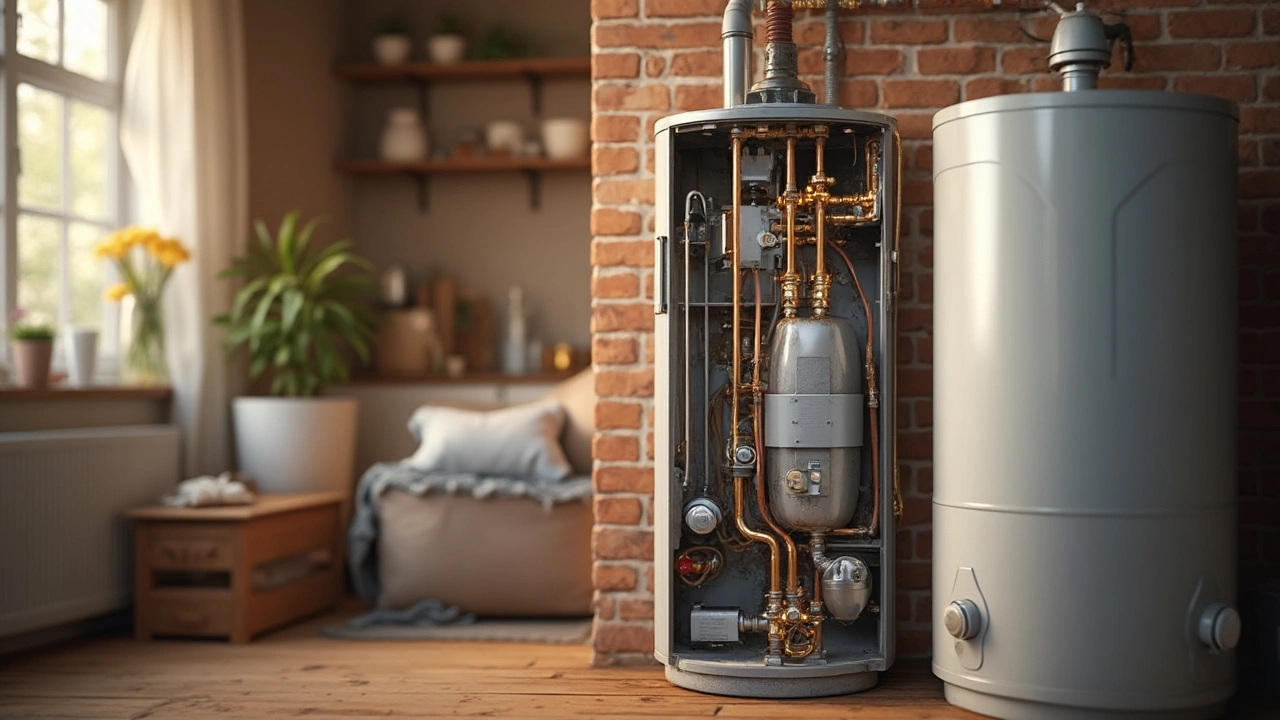Where Water Heaters Break: Typical Trouble Spots and Easy Fixes
If your hot water suddenly stops, it’s usually not a mystery. Most water heaters give clues before they quit. Knowing the usual weak points lets you spot the problem early and decide if you can fix it yourself or need a pro.
1. The Heating Element or Burner
Electric heaters have a metal coil (the element) that heats the water; gas models use a burner. Over time, mineral deposits or corrosion can coat the element, causing it to overheat or stop working. A quick test is to feel the tank – if it’s warm on the side but the water stays cold, the element is likely the culprit. Swapping a faulty element is a weekend DIY for most homeowners, but always turn off power or gas first.
2. The Thermostat and Temperature Controls
The thermostat tells the heater when to fire up. If it’s set too low, you’ll get lukewarm water; if it’s broken, the heater may never turn on. Many tanks have two thermostats (upper and lower). Checking the setting with a screwdriver and measuring the temperature with a thermometer can reveal if they’re out of whack. Replacing a thermostat is cheap and straightforward, but make sure you match the voltage rating.
Other frequent failure points include the anode rod, which stops tank corrosion, and the pressure‑relief valve that releases excess pressure. A worn‑out anode rod lets rust eat away at the tank from the inside, eventually causing leaks. Pulling the rod out with a wrench and swapping it for a new one can add years to a heater’s life.
The pressure‑relief valve should drip a tiny amount of water now and then. If it’s stuck or leaks continuously, replace it – a faulty valve can make the tank burst.
Don’t forget the obvious: loose connections and a clogged dip tube. The dip tube carries cold water to the bottom of the tank; if it’s cracked, cold water mixes with hot water and you get a tepid shower. Inspect it by removing the cold‑water inlet and looking inside. A broken tube is easy to replace.
When you see any of these signs – strange noises, lukewarm water, leaks, or a constantly resetting heater – start with the simplest checks: power on/off, gas valve, and thermostat setting. If those look fine, move on to the element or burner.
Regular maintenance cuts down on surprise break‑downs. Flush the tank once a year to clear sediment, check the anode rod every two years, and test the pressure‑relief valve. A quick 15‑minute flush can prevent a costly tank replacement.
Still stuck? It’s okay to call a local expert. Glastonbury Appliance Repair Services can diagnose the exact fault, supply the right part, and get your water hot again fast. Their technicians know the common break points and can decide whether a repair or replacement makes sense for your budget.
Bottom line: most water‑heater failures happen in predictable spots – the heating element, thermostat, anode rod, pressure‑relief valve, and dip tube. By checking these first, you either fix the issue yourself or give a clear description to a pro, saving time and money.

Common Water Heater Failures: Where Most Problems Start & How to Prevent Them
Wondering where your water heater is most likely to break? Discover the most common failure points, key causes, and expert tips for lasting hot water.